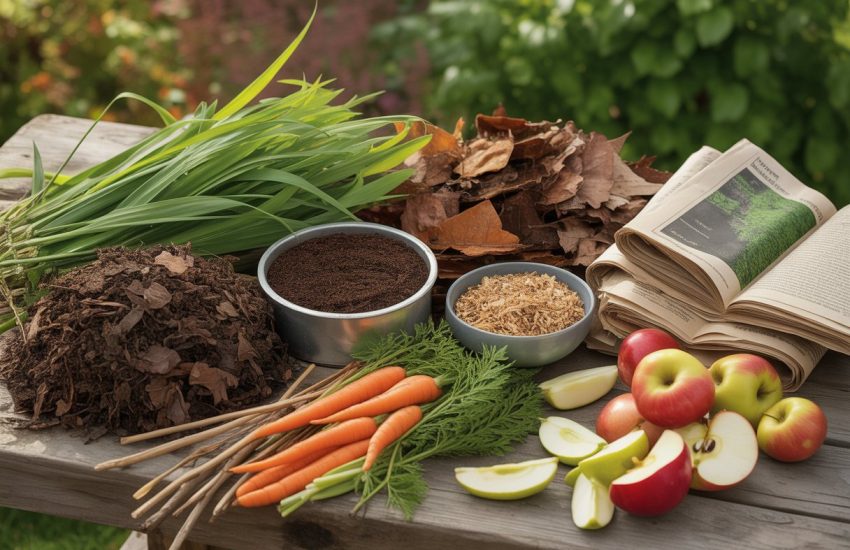Flowers That Look Similar to Lilies: A Guide to Identifying Lookalikes
Flowers that look similar to lilies are a popular choice for gardens and floral arrangements. Lilies are known for their beauty, elegance, and fragrance, and it’s no wonder that many other flowers have evolved to mimic their appearance. From the trumpet-shaped petals to the long and slender leaves, there are many flowers that look like lilies but are not true lilies.

Some of the most popular flowers that look like lilies include the Peace Lily, Calla Lily, and Peruvian Lily. The Peace Lily, for example, is often mistaken for a true lily due to its hooded spathe and glossy green foliage. However, it belongs to the Araceae family and is known for its air-purifying qualities. Calla Lilies, on the other hand, are known for their elegant white blooms and long, slender leaves. Peruvian Lilies, also known as Alstroemeria, have trumpet-shaped petals and come in a variety of colors, making them a versatile choice for any garden or floral arrangement.
If you’re looking to add some variety to your garden or floral arrangements, consider incorporating some of these flowers that look like lilies. Not only will they add beauty and elegance, but they’ll also provide a unique and interesting twist to your collection. Whether you’re a seasoned gardener or just starting out, there’s a flower that looks like a lily for everyone.
Identifying Lily-Like Flowers

When it comes to identifying flowers that look similar to lilies, it is important to understand the unique characteristics of lilies and their pseudo-lily counterparts. Here are some key features to keep in mind.
Amaryllis and Its Relatives
Amaryllis and other members of the Amaryllidaceae family, such as the belladonna lily and Amazon lily, share some similarities with true lilies. These flowers have long, slender petals and a trumpet-shaped center, much like lilies. However, they are often larger and come in a wider range of colors, including pink, red, and orange. Additionally, they may have a distinct fragrance.
Distinctive Features of Pseudo-Lilies
Pseudo-lilies, such as the calla lily, peace lily, and Peruvian lily, also have some similarities to true lilies. However, they also have unique characteristics that set them apart. For example, the calla lily has a distinctive funnel-shaped flower and glossy, arrow-shaped foliage. The peace lily has large, glossy leaves and a white, spath-like flower. The Peruvian lily has smaller, more delicate flowers and a more compact growth habit.
Unique Characteristics of True Lilies
True lilies, such as the spider lily and various Asiatic, Easter, trumpet, and Oriental lilies, have several distinctive features that set them apart from other lily-like flowers. These include their long, slender petals and trumpet-shaped center, as well as their often strong fragrance. Additionally, true lilies may have a wide range of colors, including white, pink, yellow, and orange. Their foliage may be smooth or slightly hairy, and their texture may be glossy or matte.
Overall, when identifying flowers that look similar to lilies, it is important to pay attention to their distinctive features, such as their color, fragrance, foliage, and texture. By understanding these unique characteristics, you can easily distinguish between true lilies and their pseudo-lily counterparts.
Cultivation and Care

Growing Conditions for Lily-Like Plants
Lily-like plants are generally easy to grow and care for. They require well-drained soil and plenty of sunlight. Most lily-like plants grow well in USDA zones 3-9, and they can be planted in early spring or late winter.
When planting lily bulbs, it’s important to make sure they are planted at the right depth. The general rule of thumb is to plant bulbs at a depth that is three times their height. For example, if a bulb is 2 inches tall, it should be planted 6 inches deep.
Maintenance and Safety
Lily-like plants require regular watering and fertilizing to thrive. They should be watered deeply once a week, especially during dry spells. Fertilizer should be applied in early spring, before new growth appears.
To keep lily-like plants healthy and looking their best, it’s important to remove dead or damaged foliage and flowers. This will encourage new growth and prevent disease.
It’s worth noting that some lily-like plants, such as lily of the valley, can be toxic to cats. If you have cats or other pets, it’s best to avoid planting these types of plants or to keep them out of reach.
Overall, lily-like plants are a beautiful addition to any garden or floral arrangement. With proper care and maintenance, they can thrive for years to come.


